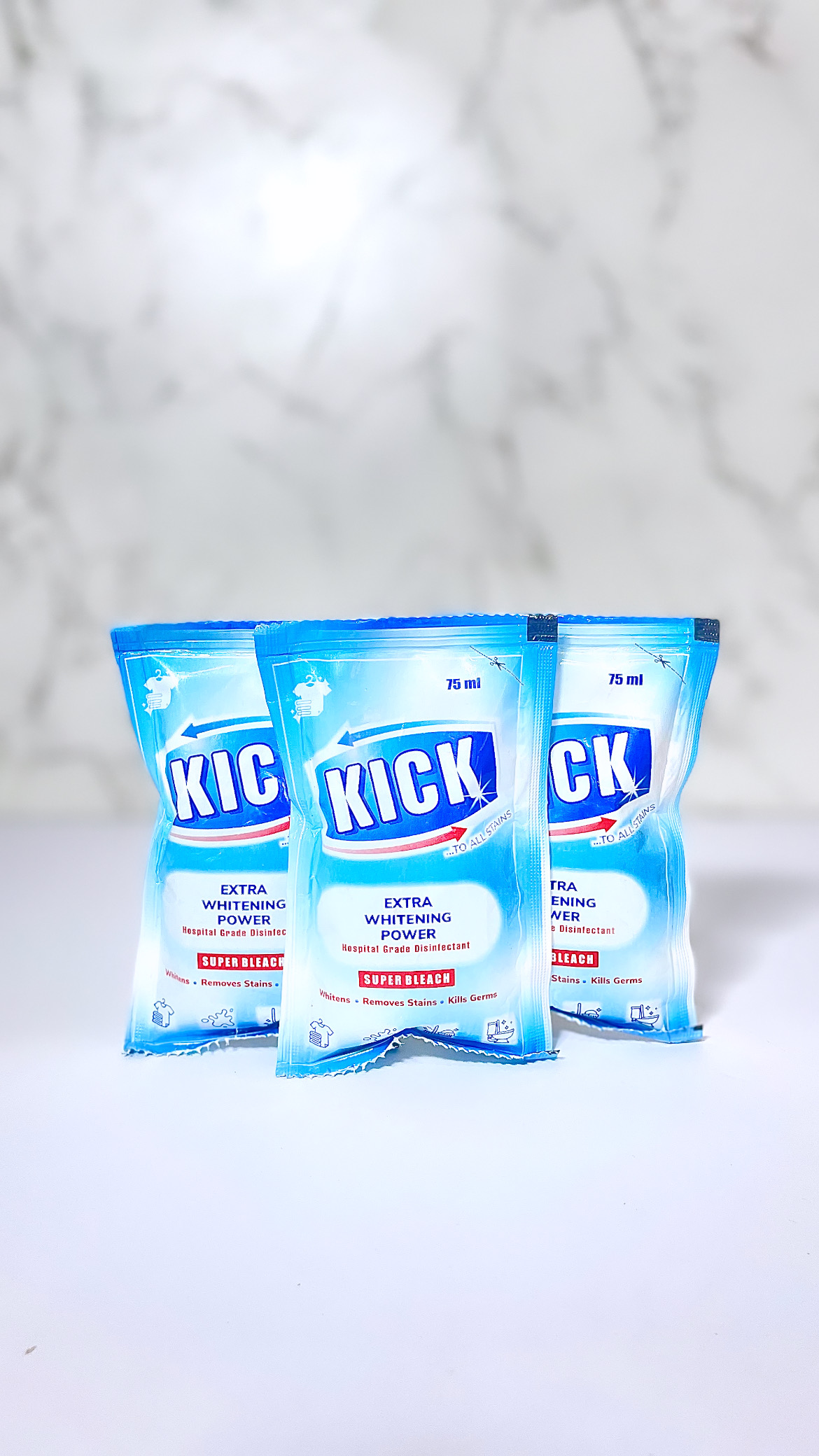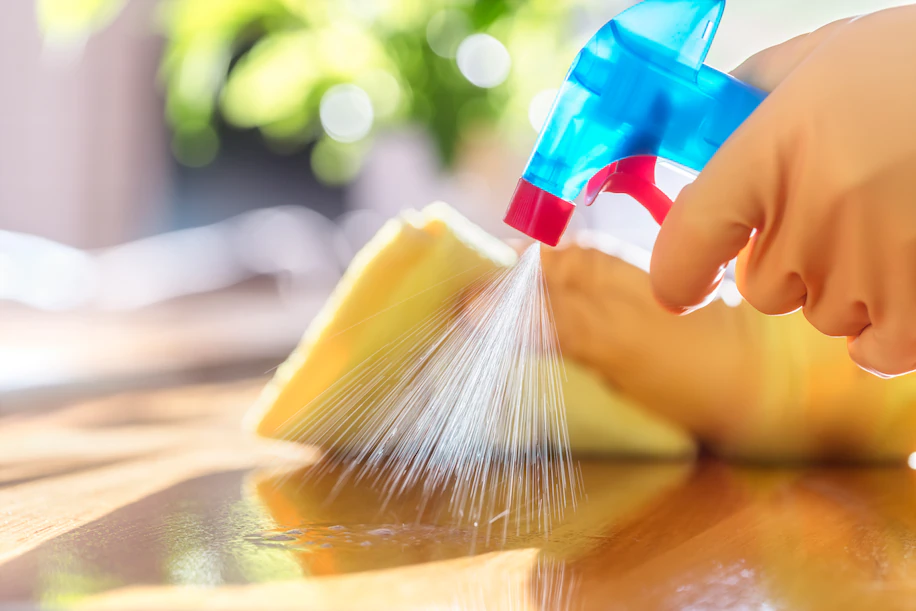
Bleach is an incredibly powerful cleaning agent, but it’s important to use it safely to ensure effective cleaning without any risks. This guide will walk you through the best practices for using bleach in your home, from proper dilution to safe storage.
Bleach is highly effective at killing germs and removing stains, but it can be hazardous if not used correctly. Its strong chemical composition means that improper use can lead to skin irritations, respiratory issues, and even damage to surfaces and fabrics. Following safety guidelines helps protect you and your household while maximizing the cleaning power of bleach.
One of the most important steps in using bleach safely is ensuring it’s properly diluted. Undiluted bleach is too strong for most household cleaning tasks and can cause damage.
For most surfaces, a mixture of one cup of bleach to one gallon of water is effective. This ratio is strong enough to disinfect without being overly harsh.

Use a solution of 1/3 cup bleach per gallon of water for disinfecting surfaces like countertops, sinks, and bathroom fixtures.
For whitening and disinfecting clothes, use 1/2 cup of bleach per load of laundry. Always add the bleach to the washer’s dispenser or mix it with water before adding clothes.
In case of accidental exposure or misuse:
Using bleach safely in your home is simple with the right knowledge and precautions. By following these guidelines, you can harness the power of Kick Bleach to keep your home clean and germ-free while ensuring the safety of your household. Remember, safety first means effective cleaning and peace of mind.
© Kick Bleach. All Rights Reserved.
Designed by EdgeMark Media Africa